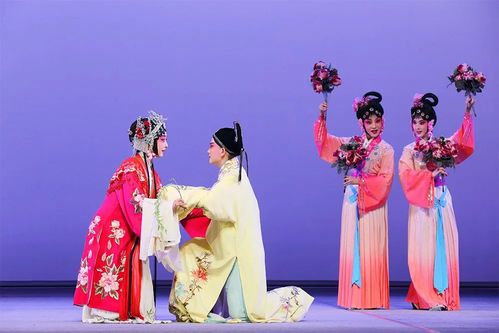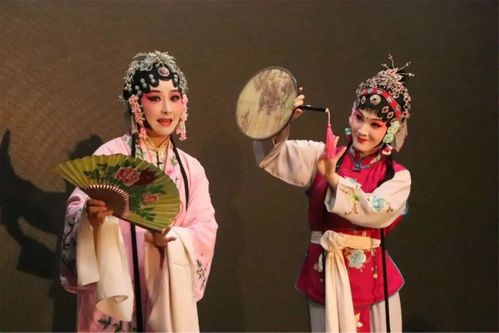
Auther:2023-05-02

Kunqu, formerly known as Kunshan Cavity, is an ancient Chinese opera cadence and genre, now also known as Kun Opera. Kunqu is one of the oldest types of traditional Chinese opera, and is also one of the treasures of traditional Chinese culture and art, especially the art of opera, and is known as one of the orchids in the Garden of Hundred Flowers. Kunqu originated in the 14th century in Kunshan, Suzhou, China, and was later improved by Wei Liangshuo and others, and has led the Chinese theater scene for nearly 300 years since the middle of the Ming Dynasty.
It is known for its elegant lyrics, graceful lines and delicate performances, and is one of the genres under the Southern Opera system, which is known as the ancestor of all operas. Kunqu uses drums and boards to control the rhythm of singing, and uses flutes and three strings as the main accompaniment instruments, and its singing voice is Zhongzhou rhythm.
The performance of Kunqu also has its own unique system and style. Its most important characteristics are its strong lyricism, delicate movements, and a clever and harmonious combination of singing and dancing figures. In terms of language, the genre is usually divided into Southern Kunqu and Northern Kunqu, according to the characteristics of the recitation of the two types of characters: Southern Kunqu is dominated by Suzhou White and Yangzhou White, while Northern Kunqu is dominated by Dadu Yun White and Jing White.

With its gorgeous singing, elegant narration, delicate acting, and graceful dancing, as well as its perfect stage settings, Kunqu has reached the highest level in all aspects of opera performance. For this reason, many local operas, such as Jin Opera, Pu Opera, Xiang Opera, Sichuan Opera, Gan Opera, Gui Opera, Yue Opera and Min Opera, have been nurtured and nourished by the art of Kun Opera in many ways.
Many of the plays in Kunqu, such as The Peony Pavilion, The Palace of Eternal Youth, and The Fan of Peach Blossoms, are immortal works of ancient opera literature.

